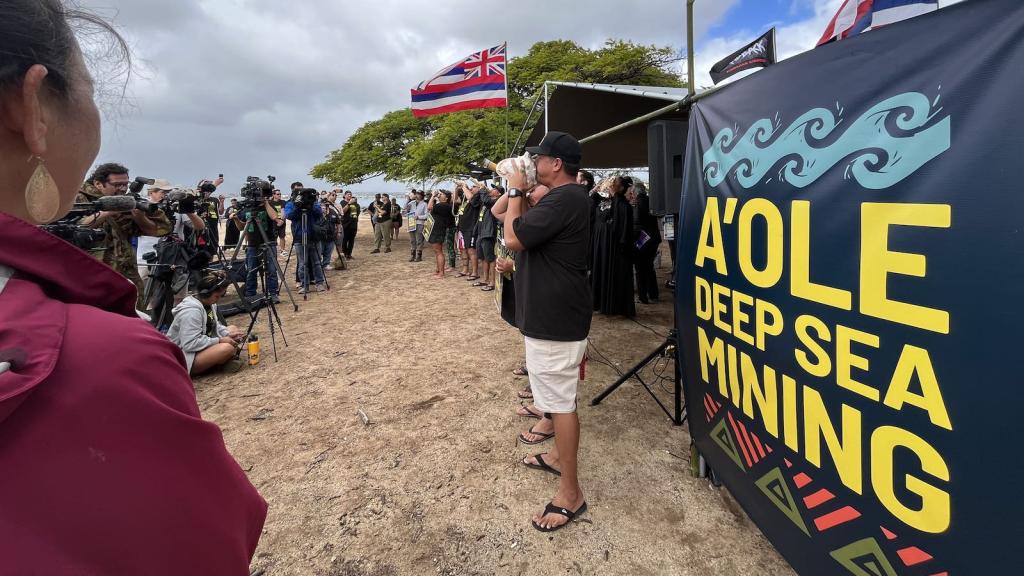Q. Is it better for an office to use a water cooler with bottles or a bottleless cooler? My instinct is that the bottleless cooler is better because it uses your existing water supply and eliminates those giant plastic bottles, but I think bottleless coolers may use more energy than one that relies on bottles. What do you think?
Emily
Washington, D.C.
A. Dearest Emily,
Hummers. Leaving the water on while brushing your teeth. The popularity of all five Twilight movies. These are a few of the things I just don’t get, and to the list I’m adding our enduring obsession with frosty-cold water. Nowhere is this more obvious than in the workplace, where water coolers have spawned an entirely distinct type of conversation. Look, I’m not advocating for tall glasses of room-temperature refreshment here. But neither have I ever found the fruits of a functioning cold tap to be just not cold enough. And if I ever do, there’s always an ice cube.
OK, grouch session over. Water coolers — both the plastic jug variety and the integrated bottleless cooler you describe — are a fixture in plenty of office break rooms. As to the former: Bottled water coolers take the water from a large plastic bottle (usually five gallons) and chill it like a mini-refrigerator (some use a process that’s not exactly like a fridge, but the result is the same). Coolers that also offer hot water accomplish this via an electric heater. When the bottle runs dry, you either need a water delivery person to come in and swap jugs, or someone is on the line to refill it at the grocery store.
Bottleless coolers (usually called point-of-use coolers) on the other hand, need to be installed into the building’s pipes, from which they draw their water. From there, it’s the same story: The cooler uses electricity to cool and sometimes heat the drinks on demand. But in this case, there’s no need to periodically replace the water supply.
When we line them up side by side, I think a clear winner emerges. You’re rightly concerned about energy use, Emily, so I perused the Energy Star ratings for both types of coolers. The most delicate electricity-sipper on the list is a point-of-use cooler (surprise?), and several others rank quite high on efficiency (from .1 to .31 kWh used per day). The bottled coolers do have more options on the .2 kWh-and-under list, but overall, they’re pretty comparable. Only bottled coolers, however, require the use of, well, plastic bottles. And only bottled coolers require someone to burn gas hauling these heavy jugs back to the office. That’s a much bigger impact than the small differences in electricity use between types.
If you must have a separate appliance to chill (and heat) your water, then point of use is the way to go. Choose an Energy Star model, and look for one that provides on-demand water, as they take a bit longer to dispense but save electricity.
Now that I’ve said my piece about cool vs. ultracool drinking water, there is one thing I do get about water coolers. Many of them employ filters to scrub contaminants like lead, chlorine, silt, cysts, and even pesticides and herbicides out of your glass of water. There can be some seriously funky stuff in the municipal water supply. And if your tap water is coming up positive for something like chromium-6, I don’t blame you for filtering one bit.
One can, however, achieve purified water without the electricity-fed cooling. The solution can be as small and portable as a pitcher or faucet-mounted filter (perhaps best for smaller offices), or a bit more involved in the form of an installed under-sink filter. You’ll need to do a little research to find one that filters exactly what you want it to be filtering, Emily, but these options will get the job done, and I daresay do more good than lowering the temperature of the tap water those all-important 10 degrees.
Refreshingly,
Umbra




